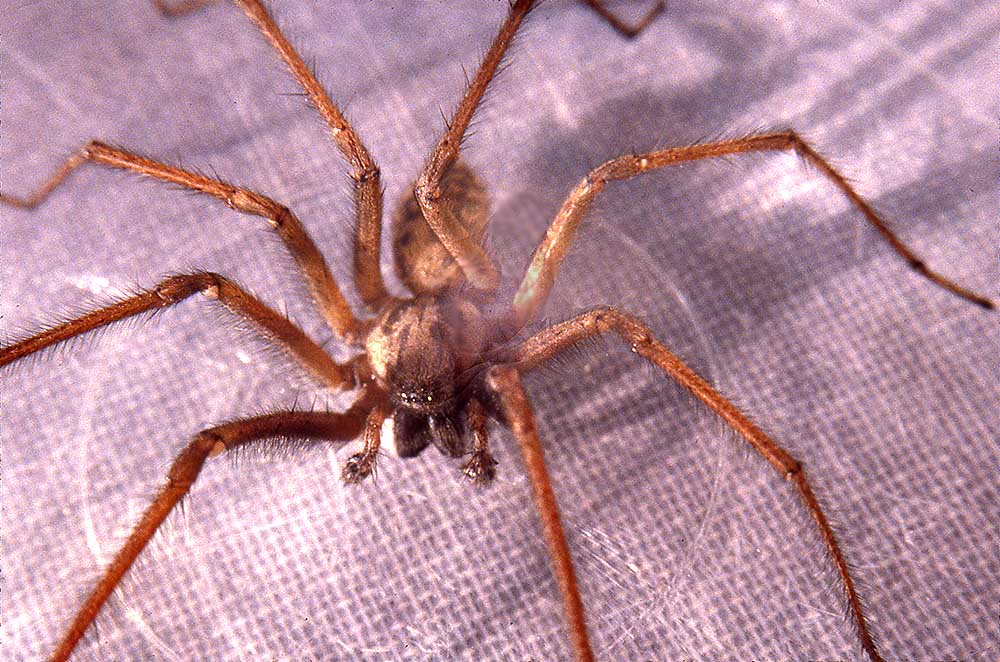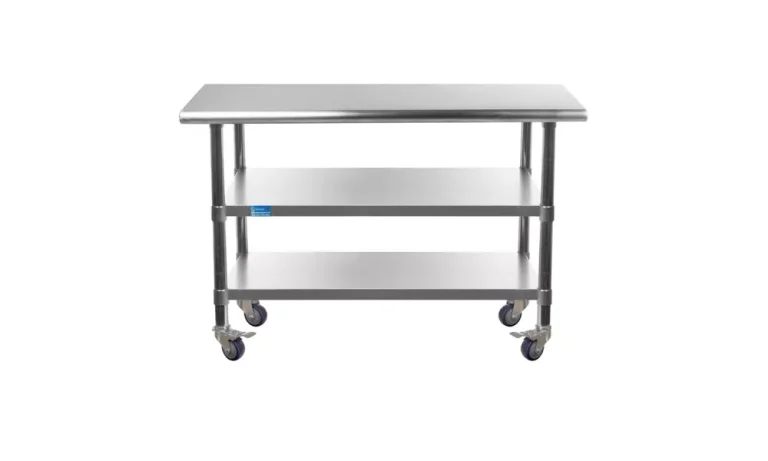The brown recluse spider (Loxosceles reclusa) is one of the most feared spiders in North America. Known for its necrotic venom and the infamous violin-shaped marking, the brown recluse often sparks concern among homeowners.
But what about Washington State? Many residents wonder if these spiders live here, and if so, how dangerous they really are. This guide separates fact from myth, providing everything you need to know about the brown recluse spider in Washington State.
What is a Brown Recluse Spider?
The brown recluse is a small, light to dark brown spider with:
- Size: ¼ to ¾ inches long.
- Marking: A violin-shaped pattern on its back.
- Eyes: Six eyes arranged in pairs (most spiders have eight).
- Habitat: Common in warm, dry environments like woodpiles, attics, and closets.
Its bite can cause tissue damage in rare cases, but most bites heal with minimal medical intervention.
Are Brown Recluse Spiders Found in Washington State?
The short answer: No, brown recluse spiders are not native to Washington State.
- Brown recluses are primarily found in the Midwestern and Southern United States (states like Missouri, Oklahoma, Arkansas, and Texas).
- According to entomologists, confirmed populations do not exist in Washington.
- Reported sightings are often misidentifications, as many harmless local spiders resemble the brown recluse.
If you live in Washington, it is extremely unlikely you’ll encounter a true brown recluse spider.
Common Spiders Mistaken for Brown Recluses in Washington
Several native spiders in Washington are often confused with the brown recluse:
- Hobo Spider (Eratigena agrestis): Brown, fast-moving, but less dangerous than once thought.
- Yellow Sac Spider (Cheiracanthium spp.): Can bite, causing mild irritation.
- Cellar Spiders (Pholcidae): Long-legged “daddy longlegs,” harmless to humans.
- Giant House Spider (Eratigena atrica): Large, fast, and often mistaken for venomous species.
While these spiders may look intimidating, none are as dangerous as the brown recluse.
What to Do if You Think You See a Brown Recluse spider in Washington state
- Don’t Panic – The chance of a true brown recluse sighting is very low.
- Capture Safely (If Possible): Use a container to trap the spider for identification.
- Consult an Expert: Contact Washington State University Extension or a local pest control professional.
- Check Identification: Most likely, it will be a harmless local species.
Brown Recluse Spider Bite: Symptoms
Although bites are rare in Washington, it’s useful to know the symptoms:
- Initial Bite: Often painless or mildly stinging.
- After Several Hours: Redness, swelling, and blistering.
- Severe Cases (rare): Tissue necrosis, fever, chills, nausea.
Note: Many skin lesions attributed to recluse bites are actually due to staph infections or other causes, not spiders.
First Aid for Suspected Brown Recluse Bites
- Clean the Wound: Wash with mild soap and water.
- Apply Cold Compress: Reduce swelling and pain.
- Elevate the Area: Helps minimize spread of venom.
- Seek Medical Attention: If severe symptoms develop, consult a doctor immediately.
Preventing Spider Encounters in Washington Homes
Even though brown recluses are not in Washington, spider prevention helps keep your home comfortable:
- Seal cracks and entry points.
- Remove clutter in basements, garages, and attics.
- Shake out clothing, shoes, and blankets before use.
- Use sticky traps to monitor spider activity.
- Keep firewood stacked away from the house.
Myths About Brown Recluse Spiders in Washington
- Myth 1: Brown recluses live all across the U.S.
False. Their natural range is limited to the Midwest and South. - Myth 2: Every necrotic skin lesion is a recluse bite.
False. Most are infections or allergic reactions. - Myth 3: Brown recluse bites are always deadly.
False. Fatalities are extremely rare, and most bites heal without complications.
Conclusion
The brown recluse spider is not native to Washington State, and confirmed sightings are extremely rare. Most reports turn out to be harmless local spiders like hobo spiders or giant house spiders.
While it’s wise to understand the risks of recluse bites, Washington residents don’t need to worry about this spider as part of daily life. The best approach is simple: learn to identify local spiders, practice basic prevention, and consult experts if you’re unsure.
Bottom line: In Washington State, the brown recluse spider is more myth than reality.
FAQs
1. Are brown recluse spiders found in Washington State?
No, they are not native to Washington and confirmed populations do not exist.
2. What spiders in Washington are mistaken for brown recluses?
Common look-alikes include hobo spiders, yellow sac spiders, and giant house spiders.
3. What happens if a brown recluse bites you?
Bites can cause redness, swelling, and in rare cases, tissue damage. However, most heal without major complications.
4. Should I worry about brown recluse spiders in Washington?
No. Your chance of encountering one is extremely low.
5. How can I prevent spiders in my home?
Seal entry points, reduce clutter, and keep woodpiles away from your house.
Also read: Glass Travel Cup: The Stylish, Eco-Friendly Way to Drink on the Go




Leave a Comment